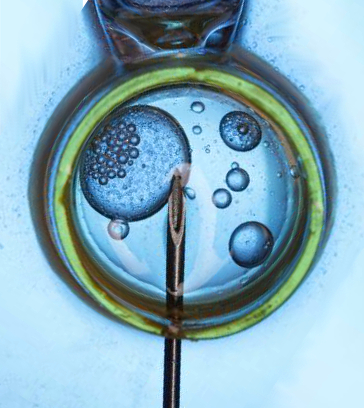Call for IVF openness
 A push is on to compel IVF clinics to publish their success rates.
A push is on to compel IVF clinics to publish their success rates.
People routinely spend tens of thousands of dollars at IVF clinics around the country, but when a cycle fails, they are unsure whether to try again at the same clinic or move to another one.
Centre Alliance senator Stirling Griff wants IVF clinics to publish their success rates so that patients can compare them.
“It's impossible to know who are the top performers and who are the poor performers,” Senator Griff recently told reporters.
“This will enable Australian families to be able to make an informed choice.
“When you have some clinics achieving success rates of about 4 per cent and some in the high 30s, but you don't know which ones they are, it's a horrible experience for people to not know that.”
The Fertility Society of Australia currently collects success rates from IVF clinics, but its president Professor Michael Chapman says it may not help to make the data public.
“Clinics vary because of the population they serve, the age of the patient, the rate of obesity in the patient, these things affect fertility rates,” he said.
“So a clinic might not look too good but they might have a higher-risk population where success rates might be low because of that.”
He said there may be some unintended consequences.
“The fertility society has been very strong on not going to league tables, because that's what you do when you publish data, from clinic to clinic — league tables breed bad medicine.
“What happens is that clinics want to keep their pregnancy rates as high as possible, so instead of putting one embryo back, they put two embryos back.
“Australia leads the world in single embryo transfer — safe IVF, and it would be a sad day because we had league tables we went backwards from that. It's not the right way to go,” Professor Chapman said.
However, Professor Alan Trounson – leader of the team responsible for Australia's first IVF birth – says; “It's very important to publish success rates”.
“I think the important part is to make sure that the data is up to date and it also represents something that people can understand,” Professor Trounson said.
“That's the really important information for them to decide whether they are going to have treatment, where they're going to have treatment, and what they're going to give up for having that treatment.”
The Fertility Society of Australia is working on new ways to assess a patient's chances of falling pregnant before they start treatment, which it says should be made public in about 18 months.








 Print
Print